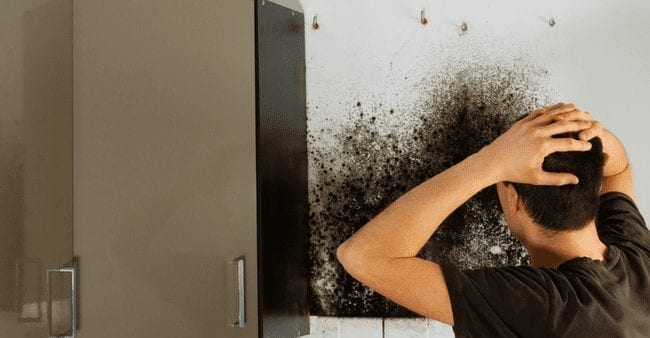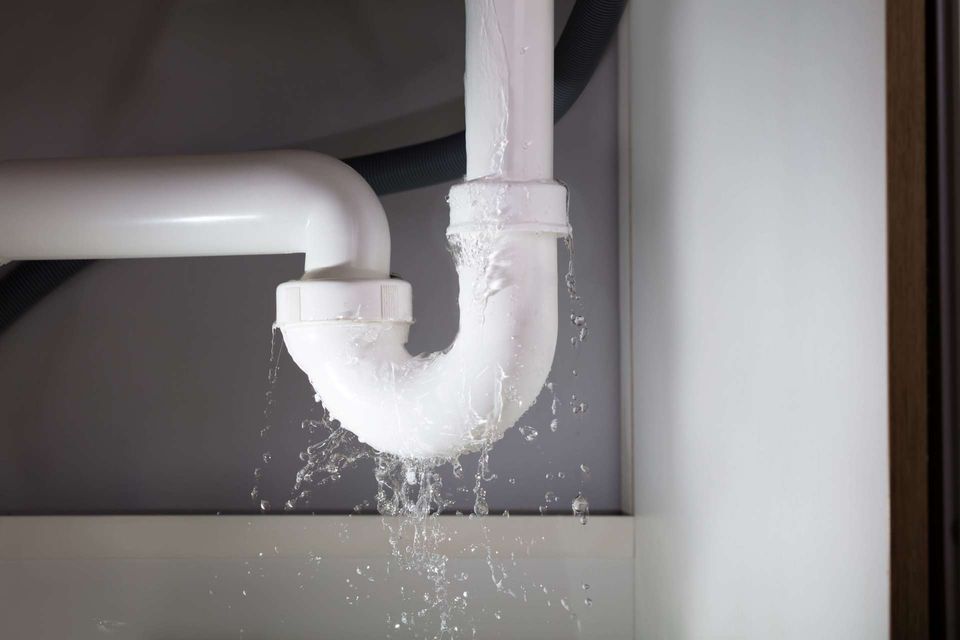6 Ways to Locate Concealed Water Leaks in Your House
6 Ways to Locate Concealed Water Leaks in Your House
Blog Article
We've noticed this post on Locating water leaks down the page on the net and believe it made good sense to share it with you here.

The minute you discover a leak, calling your plumber for fixings is the most effective option. However, some little water leakages may not show up. Here are some hacks that assist if you can not detect it with your nude eyes.
Early detection of leaking water lines can minimize a prospective calamity. Aside from conserving you money, it will minimize the worry and irritation.
Check Water Consumption
If you detect abrupt modifications, in spite of your consumption being the exact same, it suggests that you have leakages in your plumbing system. An abrupt spike in your costs suggests a fast-moving leak.
Meanwhile, a consistent boost monthly, despite having the exact same routines, shows you have a sluggish leakage that's likewise slowly intensifying. Call a plumber to completely inspect your building, specifically if you feel a warm area on your floor with piping beneath.
Inspect as well as Assess the Situation
House owners need to make it a habit to check under the sink counters and even inside cupboards for any type of bad odor or mold and mildew development. These 2 warnings suggest a leak so timely interest is called for. Doing routine evaluations, even bi-annually, can conserve you from a significant issue.
Analyze the Water Meter
Every home has a water meter. Checking it is a proven manner in which assists you discover leakages. For starters, turn off all the water resources. Guarantee no one will certainly flush, make use of the faucet, shower, run the washing equipment or dishwashing machine. From there, go to the meter as well as watch if it will alter. Since nobody is using it, there must be no movements. If it moves, that shows a fast-moving leak. If you identify no changes, wait a hr or 2 and also inspect back once again. This implies you may have a slow-moving leakage that can also be underground.
Asses Exterior Lines
Do not forget to inspect your outdoor water lines too. Test faucets by attaching a yard hose pipe. Ought to water seep out of the link, you have a loosened rubber gasket. Replace this and ensure all links are tight. If you've obtained a lawn sprinkler, it will aid get it skillfully analyzed and also preserved annually. One tiny leak can throw away tons of water as well as increase your water bill.
Do a Food Coloring Examination
30% comes from toilets when it comes to water consumption. Test to see if they are running properly. Decline flecks of food shade in the storage tank as well as wait 10 minutes. If the color in some way infiltrates your dish during that time without flushing, there's a leakage in between the storage tank and dish.
Check for discolorations and also deteriorating as the majority of devices and also pipes have a life expectancy. If you believe dripping water lines in your plumbing system, do not wait for it to intensify.
The moment you find a leakage, calling your plumber for repair services is the best solution. Some little water leakages may not be noticeable. Inspecting it is a surefire means that assists you discover leaks. One little leakage can lose loads of water and spike your water bill.
If you think dripping water lines in your plumbing system, don't wait for it to rise.
How to Know If Your Home Has a Hidden Leak
Water Meter Reveals Inexplicable Water Usage
If you’d like to test whether or not there’s a leak somewhere in your home, you can do this using your water meter. Here is how to conduct the test:
Don’t use any water in your home for at least 30 minutes; this also means not turning on faucets or water-using appliances.
Go outside, and check your water meter for activity.
If your water meter shows that there was activity, even though no one was using any water, this proves that there is a leak in your home.Visible Mold or Mildew Growth
Leaks behind walls create moist, dark environments that allow mold and mildew to grow and thrive. Eventually, you might see mold growth forming on the wall closest to a hidden leak.
If mold is growing in an area that receives a high amount of moisture, such as a bathroom, it may simply be an indication that better ventilation is needed. However, if you see mold growth on a wall or the ceiling in an area where you would not expect, you probably have a hidden leak.
Musty, Mildew Odor
Sometimes you might not be able to see the mold or mildew that is growing as a result of a leak. However, the smell can give the problem away just as easily. If you catch a whiff of something musty, there’s a good chance that old water is collecting somewhere in your home that you can’t see.
Stained/Warped Walls, Ceilings, or Floors
When your home soaks up water, a variety of red flags can become visible, including ceiling stains, bubbling drywall, warped walls, and sagging floors. While these issues can be caused by excess humidity, they can also be signs that a pipe or plumbing connection has started leaking behind your walls.
Inexplicably High Water Bill
After a while, you get a general sense for what your water bill should be. If you own a pool or sprinkler system, your bill will tend to be higher during summer. However, if you receive a water bill that seems especially high, and you can’t figure out what caused it, then you may have a hidden leak somewhere that’s increasing your bill.
https://www.plumbingjoint.com/blog/2019/july/how-to-know-if-your-home-has-a-hidden-leak/

As a devoted person who reads about Detecting hidden plumbing leaks, I imagined sharing that article post was a good thing. For those who enjoyed our post if you please do not forget to pass it around. Thanks so much for taking the time to read it.
Report this page